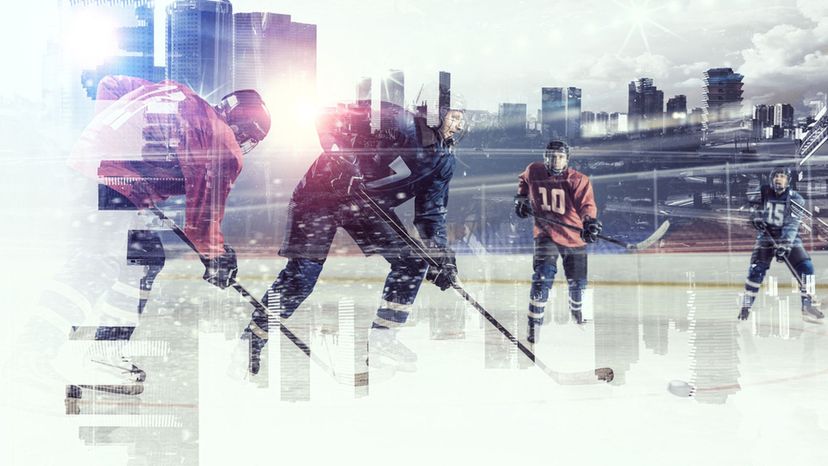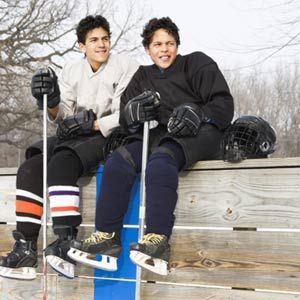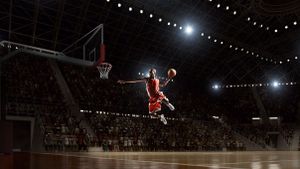
About This Quiz
It's fast-paced; it's brutal on competitors; it's fun and entertaining; it's hockey. Are you a fan of the sport? If you are, how much do you actually know about it? After all, there are plenty of fans who don't know the game at all but just enjoy the violence. If you're a true fan, though, here's a quiz to test your hockey knowledge.
Hockey, in some form, can be traced back thousands of years to Egypt and Iran. However, it wasn't until the 18th century that the modern game started to develop in England. In fact, the United Kingdom had the first hockey association in 1876 with rules to guide the game. Since then, multiple leagues have formed with slight variations on the game. It was even featured as part of the Olympics in 1908 and permanently added in 1928.Â
Over the course of the 20th century and into the 21st century, hockey has only grown as star players and die-hard fans have helped keep it alive, even as other sports rose to compete against it.Â
If you're a fan of hockey, then give this quiz a shot. With this quiz, you will find out how much you really know about the game of hockey.Â
Advertisement
Advertisement
Advertisement
Advertisement
Advertisement
Advertisement
Advertisement
Advertisement
Advertisement
Advertisement
Advertisement











